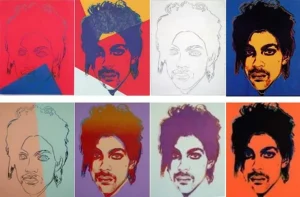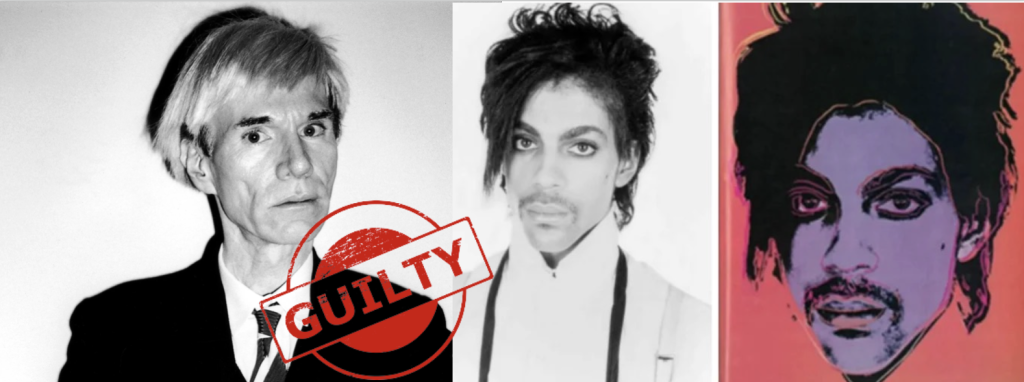Iftikar Ahmed
In a landmark ruling with far-reaching implications for copyright infringement and fair-use law, the Supreme Court has determined that renowned Pop artist Andy Warhol infringed on photographer Lynn Goldsmith’s copyright when he created an illustration of musician Prince in the 1980s. The court’s decision was supported by seven out of the nine justices, rejecting the argument put forth by Warhol’s estate that the portrait should be considered solely the work of Warhol.
Justice Sonia Sotomayor, who authored the majority opinion, emphasised the potential consequences of ruling in Warhol’s favour, stating that it could open the door to widespread commercial copying of photographs for purposes similar to the originals. The ruling aims to maintain the boundaries of copyright protection and discourage unauthorised use of copyrighted material.

However, two justices, Elena Kagan and John Roberts, dissented from the majority opinion, expressing concerns that the ruling could stifle artistic creativity and hinder the development of new ideas. Justice Kagan warned that it may impede the expression of fresh artistic endeavors and deprive society of cultural enrichment.
The legal battle centered around a commissioned photograph of Prince taken by Goldsmith in 1981 for Newsweek. In 1984, Vanity Fair hired Warhol to create an illustration of the musician, providing him with one of Goldsmith’s photos as a reference point. After Prince’s passing in 2016, Condé Nast, the operator of Vanity Fair, used Warhol’s artwork as part of a tribute to the musician, believing they had the rights to do so. However, Goldsmith had only authorised the image’s use once.
The court’s decision focused on the commercial nature of the Prince portraits and their lack of protection under fair-use law. It clarified that other Warhol works, such as his famous Campbell’s soup can depictions, should be viewed differently. Justice Sotomayor explained that Warhol’s use of Campbell’s copyrighted work in those pieces served an artistic commentary on consumerism rather than advertising soup, distinguishing it from the Prince portraits.
Legal experts, including intellectual property scholar Michael W. Carroll, note the critical importance of distinguishing between licensing use and creative use in this ruling. Carroll believes that lower courts will interpret the decision differently, leading to further legal battles and potentially returning the issue to the Supreme Court.
The decision has garnered mixed reactions. While some, like Harvard law scholar Noah Feldman, argue that it strengthens the rights of individual artists, they also express concern that the ruling may impede artistic creativity by restricting the sampling and remixing of existing works.
As the implications of the ruling continue to unfold, the art world braces for further legal interpretations and potential future challenges that could shape the boundaries of copyright and fair use in artistic expression.
Don’t forget to check out 11 interesting things about Andy Warhol at Abir Pothi here





